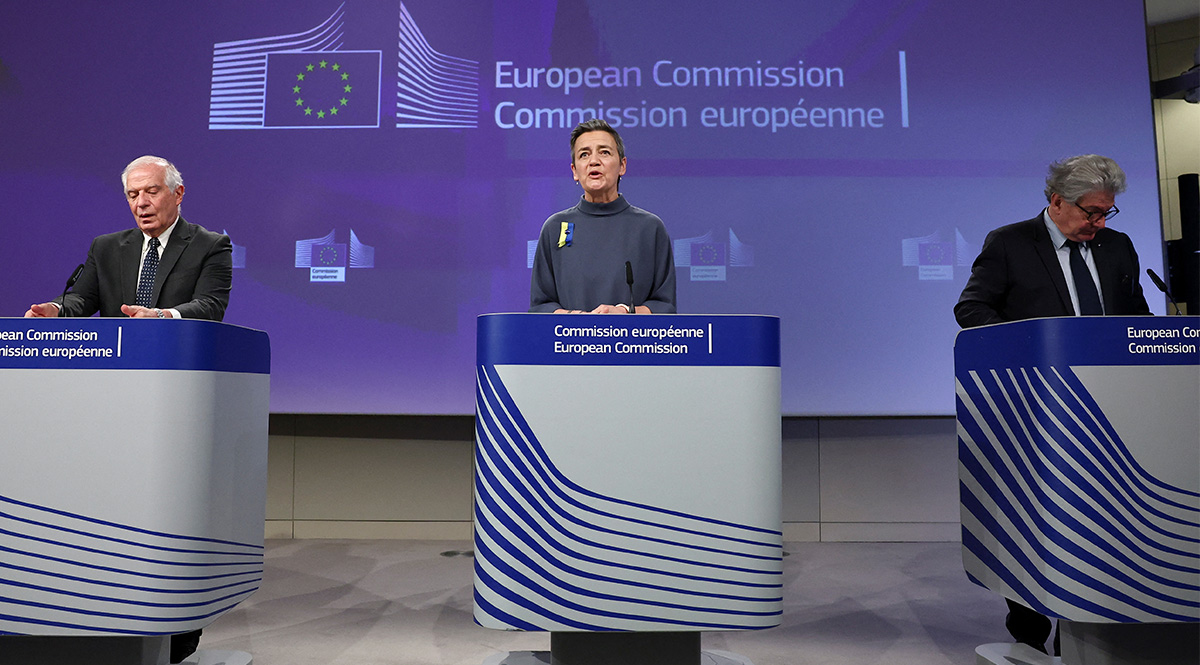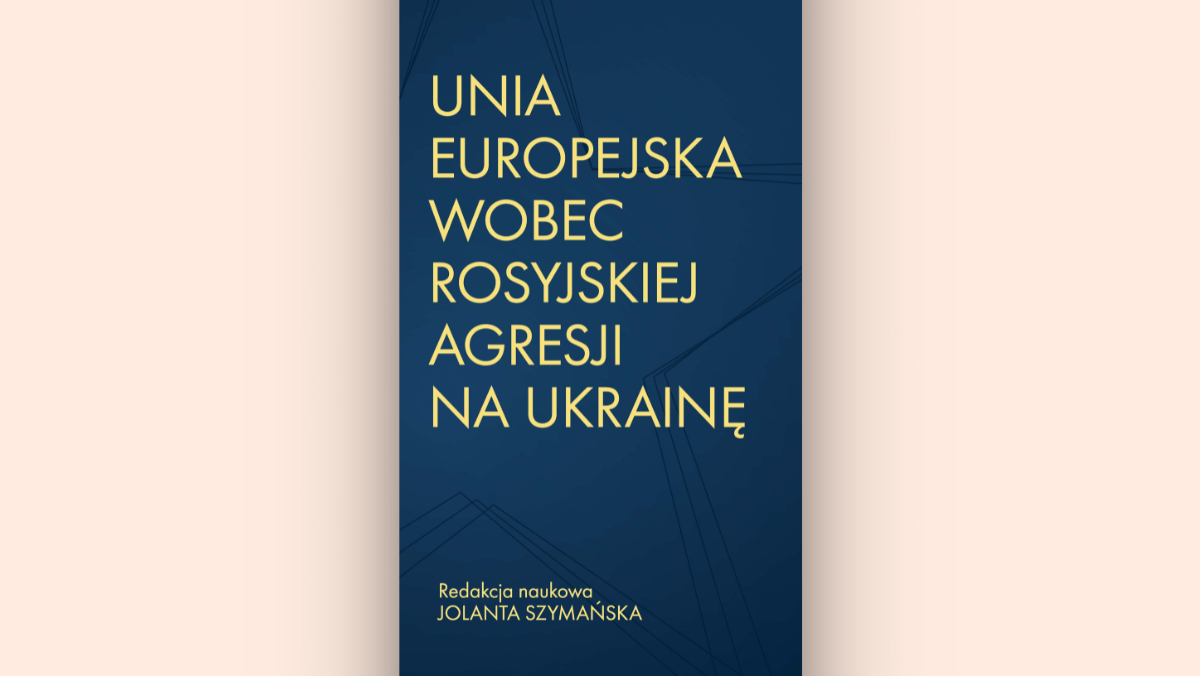EU Publishes First Defence Industrial Strategy
On 5 March, the European Commission (EC) and the High Representative of the Union for Foreign Affairs and Security Policy published the European Defence Industrial Strategy (EDIS). Its aim is to strengthen the European Defence Technological and Industrial Base (EDTIB) by increasing cooperation between the Member States in the procurement of military equipment and strengthening production capacities in the sector. The strategy was accompanied by a proposal for a European Defence Industrial Development Programme (EDIDP) to ensure the continuity of EU funding in this area.
 Yves Herman / Reuters / Forum
Yves Herman / Reuters / Forum
Why has the EC published the strategy now?
The EU and its Member States are providing unprecedented military assistance in the face of Russia’s armed aggression against Ukraine. Deliveries of arms and equipment, as well as ammunition and fuel have amounted to €28 billion so far. However, the main commitment to deliver 1 million rounds of artillery ammunition by March this year was not met. Artillery plays a key role on the front line, which is largely frozen and where both sides have dug in and built systems of fortifications. During her visit to Kyiv on the second anniversary of the war, President of the European Commission Ursula von der Leyen reported that Ukraine had already received just over half of the promised amount of ammunition, about 524,000 rounds. At a press conference three days later, however, President Volodymyr Zelensky said that only a third, or about 355,000, had been delivered to Ukraine.
What are the assumptions behind the new strategy?
The strategy aims to improve the readiness and competitiveness of the EDTIB. The specific objectives are very ambitious given the current state of the defence industry in the EU, with specific targets to be achieved by 2030: 40% of defence equipment should be procured in a collaborative manner, the value of defence trade in the EU should represent at least 35% of the value of the Union’s defence market, and at least 50% of Member States’ defence procurement budgets should be realised in the Union. The strategy thus implies redirecting Member States’ investments in ways that support EU industry and reduce dependence on third countries. In this respect, it may be controversial among those Member States who argue that current defence needs require very rapid procurement of military equipment, including from outside the EU where available. However, the strategy also responds to the current challenges of an unstable international situation by pointing to the need to accelerate European production in order to ensure the availability of military equipment and ammunition on the internal market.
What will change in defence cooperation between EU countries?
The strategy is an important communication at the strategic level, reaffirming to the EU’s allies and partners its growing commitment to building peace and security in Europe. In principle, it does not change the rules of cooperation, according to which security and defence issues remain the exclusive competence of the Member States. However, the publication of the strategy was accompanied by a new proposal, the European Defence Industrial Development Programme (EDIDP), which would guarantee financial support of €1.5 billion for the period 2025-2027. Its adoption will bridge the gap in defence spending between 2025, when the EU’s short-term measures for increased production and joint procurement (ASAP and EDIRPA) are due to expire, and the start of the next budgetary perspective for 2028-2034.
What will be the impact of the strategy on Ukraine’s defence capabilities?
The strategy will not contribute to an immediate response to Ukraine’s need for ammunition and military equipment. Instead, it formulates a strategic approach to EU defence that, in the face of the protracted war in Ukraine and the confrontation with Russia, will make it possible to strengthen the industrial sector of the Member States, as well as ensure long-term support and cooperation with the Ukrainian partners, even after the end of hostilities, which corresponds to Poland’s strategic interests. To this end, it foresees prior to Ukraine’s accession to the EU, among other things, the possibility of its participation in joint procurement, support for companies and deepening of their cooperation with European industry, the opening of an EU Innovation Office in Kyiv, as well as the organisation of an EU-Ukraine Defence Industry Forum later this year.





